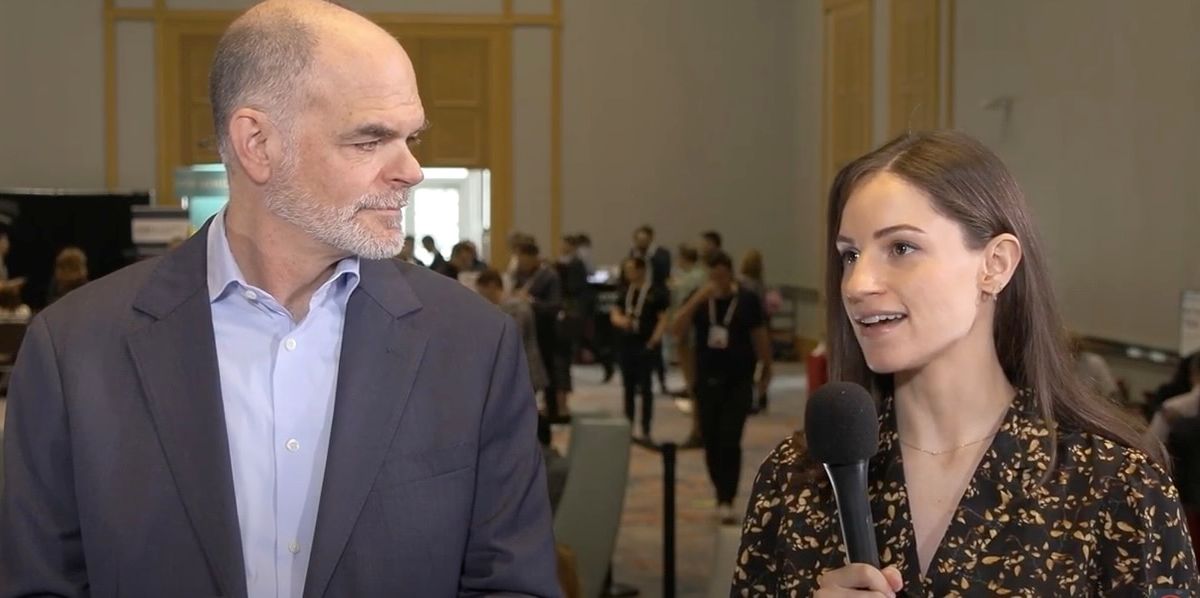[ad_1]
While personalization of data for travel marketing has been talked about “forever,” it had always felt out of reach. For the most part, the best data could provide in the way of insights was about an “average” traveler — one who didn’t really exist.
“We had a lot of data, but processing that data was super challenging,” said Kurt Weinsheimer, chief solutions officer at the travel marketing platform Sojern. “Now what we’re able to do with [artificial intelligence], with big data getting to that next stage, it doesn’t take us days or weeks to process insights from data and turn that into action. It’s immediate.”
The potential for how the increased scale and speed of use of data can inform better decision-making in travel was the topic of an executive interview at The Phocuswright Conference this month in Fort Lauderdale. Joining Weinsheimer was Demi Horvat, the CEO at AirDNA, an analytics company that tracks short-term rental data.
She noted that the role of data has never been more important, especially with the shifting travel landscape that’s emerged since the COVID-19 pandemic.
“There’s been so much change over the last several years that people are more heavily relying on data to tell them what to expect in the future, because they can’t rely on what they saw a year ago or five years ago,” Horvat said.
During the conversation, Weinsheimer shared insights from Sojern’s latest “State of Destination Marketing” report. Horvat discussed the potential that came with AirDNA’s acquisition in July of Arrivalist. They also talked about how data and social media can shape sustainability, particularly in terms of dispersing tourism beyond the most popular sites.
“For destinations, social media has been both a blessing and a curse,” Weinsheimer said. “A blessing because it’s getting your destination exposed. It’s a curse because you’re finding these Instagram-worthy locations that are just getting pounded.”
Now destinations can use data to help determine where there’s too much or too little activity. The targeted digital advertising enabled by more data means even lower-profile sites can afford to market themselves more effectively, helping to draw tourists away from places at threat of being overrun.
“It’s not just the big guys that can afford to do the advertising and the marketing. It’s everybody that gets to participate,” he said. “It’s increasing awareness and it’s dispersing crowds in order to have a better experience.”
Short-term rentals help in that regard, Horvat said, citing France as an example. If every tourist visits Paris because that’s where the most hotels are, they don’t have as much chance to see the charming villages in the countryside. “People want to go to those places,” Horvat said. “They want to eat at those restaurants. They want to see those more local sites.”
Yet it would take years to build a hotel to accommodate those visitors — and then only if the demand was sufficient to support that level of investment, she said. Short-term rentals can fill the need immediately, while helping tourists find an escape from the throngs picnicking beneath the Eiffel Tower.
“As a traveler personally, I enjoy the visits where I’m not surrounded by a massive crowd of people,” she said, “so I think it creates better traveler experiences as well.”
Watch the video below to see their full discussion with PhocusWire news editor Derek Catron in the PhocusWire studio.
The Phocuswright Conference 2023 Executive Interview: AirDNA and Sojern
[ad_2]

